Toxic elegance of some ornamental trees
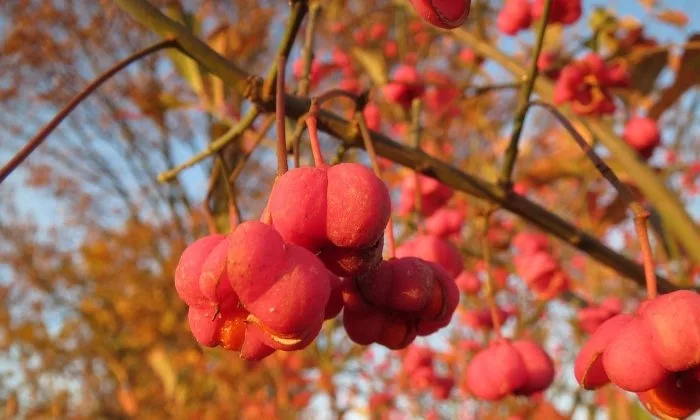
Everyone wants to have a beautiful garden. But beauty does not always go hand in hand with safety. A typical example includes ornamental trees commonly found in our gardens. Many ornamental trees may be dangerous. Young children can actually be at risk when playing around these trees. That is why you should think before you choose ornamental trees for your garden. We shall take a look at some beautiful but poisonous trees in more detail.
Juniper as a medicine
Let us start with juniper. It is still commonly found in many gardens, near monasteries and church buildings. But this beautiful tree is highly poisonous. It can cause miscarriage in pregnant women for example, and this ability of juniper was used in the past to deliberately cause miscarriages, regardless of the fact that it damages kidneys and may causes digestive problems.
European spindle (Euonymus europaeus) with beautiful orange fruits
This beautiful flowering plant produces beautiful orange berries, but unfortunately these are poisonous. Birds can eat them, but the entire tree, including branches and bark are poisonous to humans. If you happen to eat them you will suffer from gastrointestinal cramps , stomach pain, diarrhoea and fever; allegedly 30 fruits are deadly.
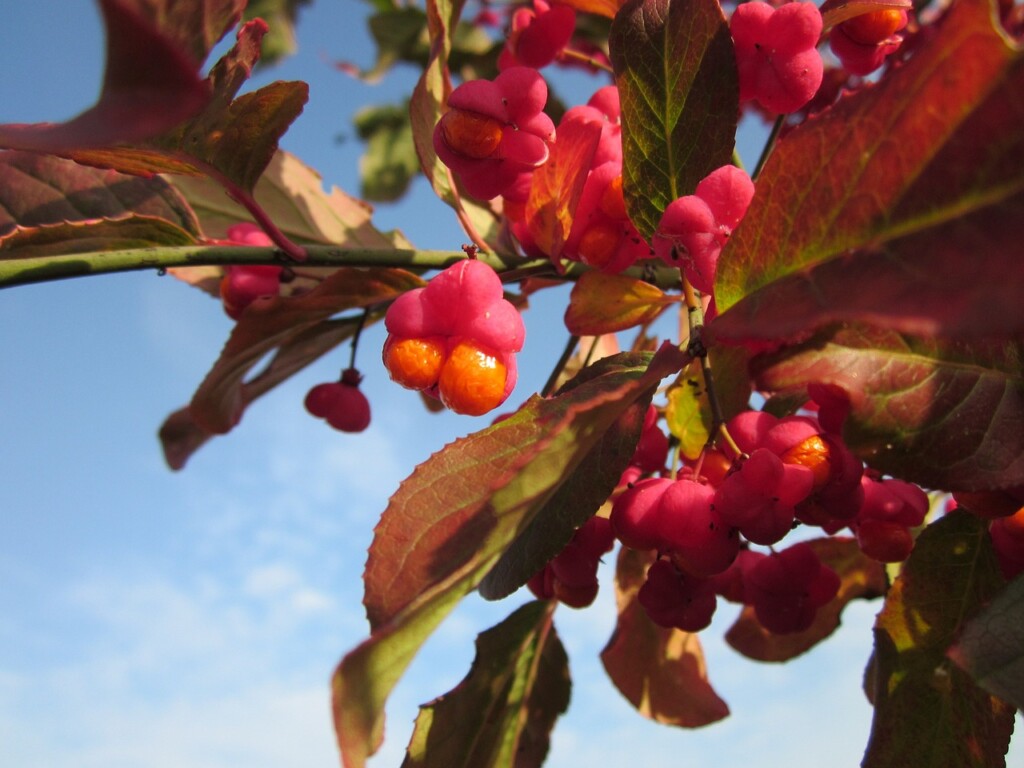
Beautiful but deceitful rhododendrons
Of course you know rhododendrons! These magnificent shrubs are the pride of every garden but of course they are poisonous, especially the leaves contain a poison called andromedotoxin . These shrubs can even poison bees that come to do their regular work and collect pollen. As the saying goes, no good deed goes unpunished, even in the wild.
Wisteria and its dangerous pods
Undoubtedly, wisteria is a very popular climbing plant. If you have wisteria, pay special attention to the pods, which contain the majority of its toxic substances. Especially the seeds are full of poison. Young children can easily confuse these pods with regular beans or peas and consume them, which inevitably leads to a poisoning.
Northern white cedar (Thuja occidentalis) used in hedges
Thuja occidentalis is traditionally used to grow living or English hedges. All parts of this plant are poisonous and contain an alkaloid called thujone. This poison causes severe nausea and even bloody diarrhoea.
Photo: Pixabay

Gardening is my hobby, I have a lot of experience and I am happy to share it.
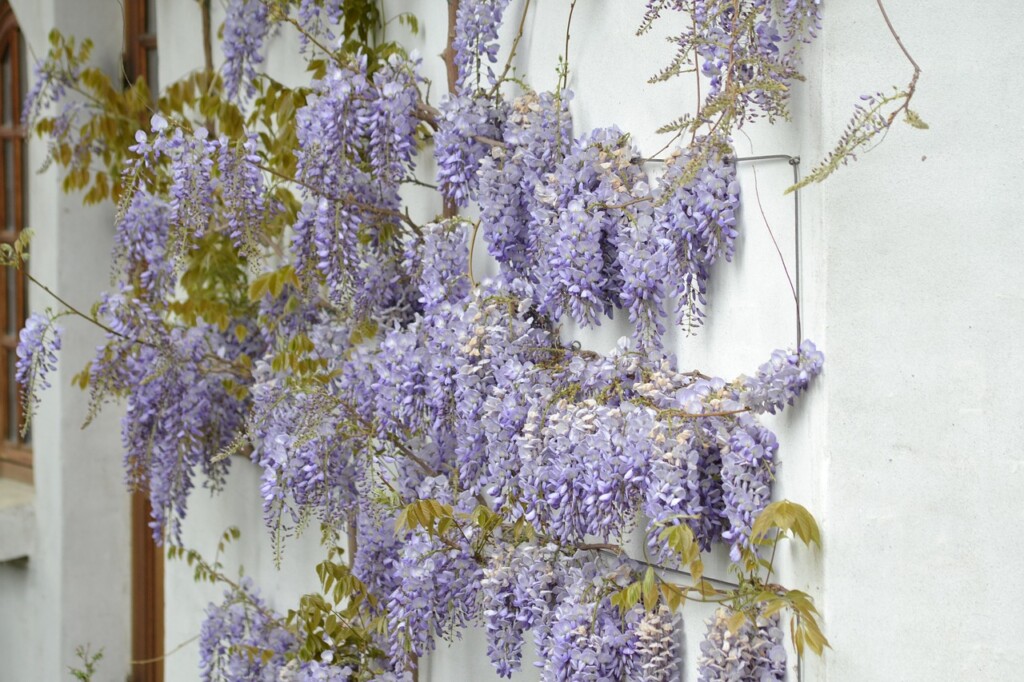


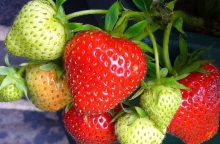
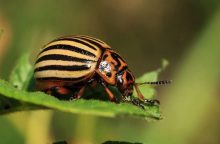
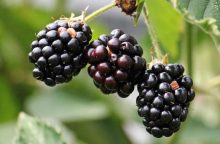



0 comments